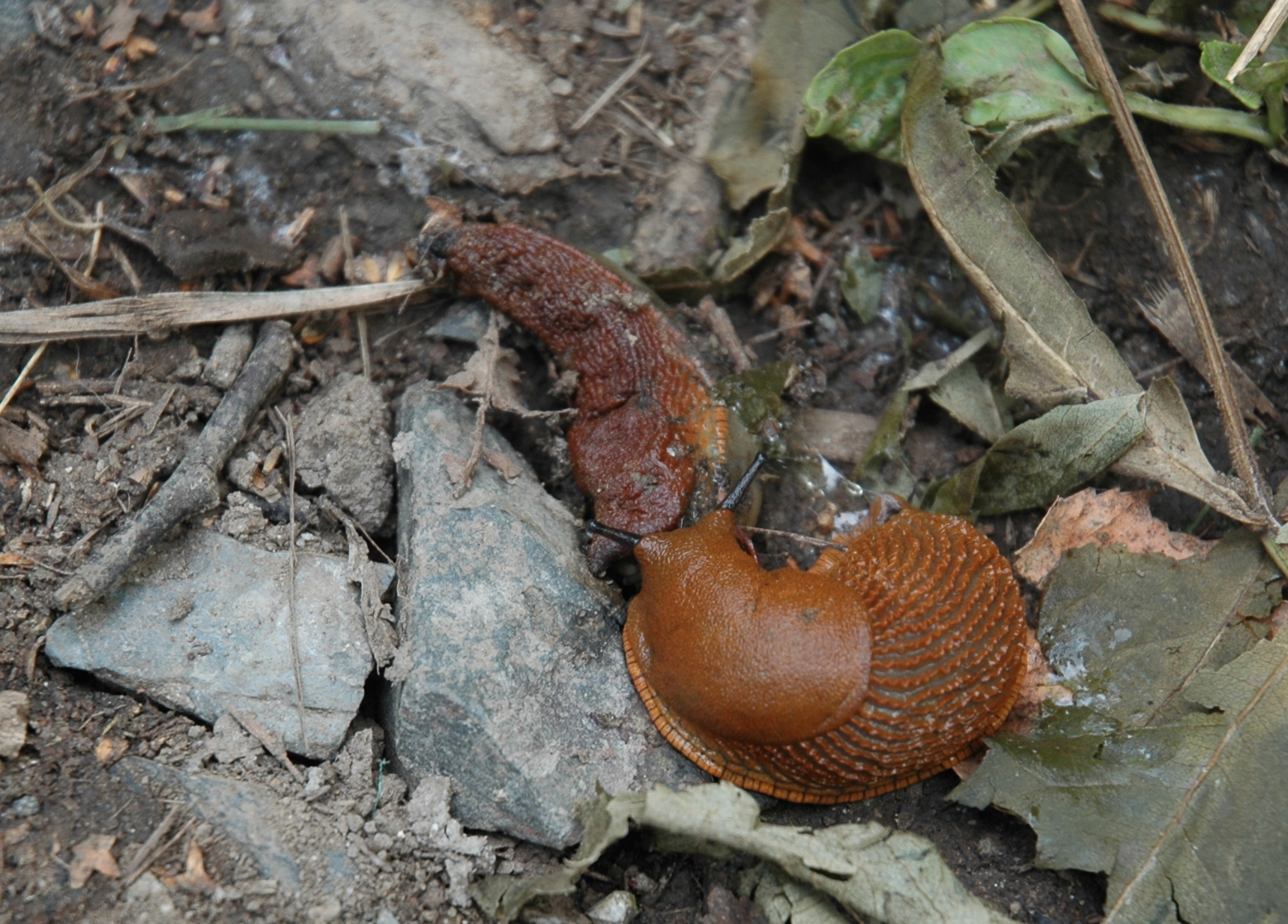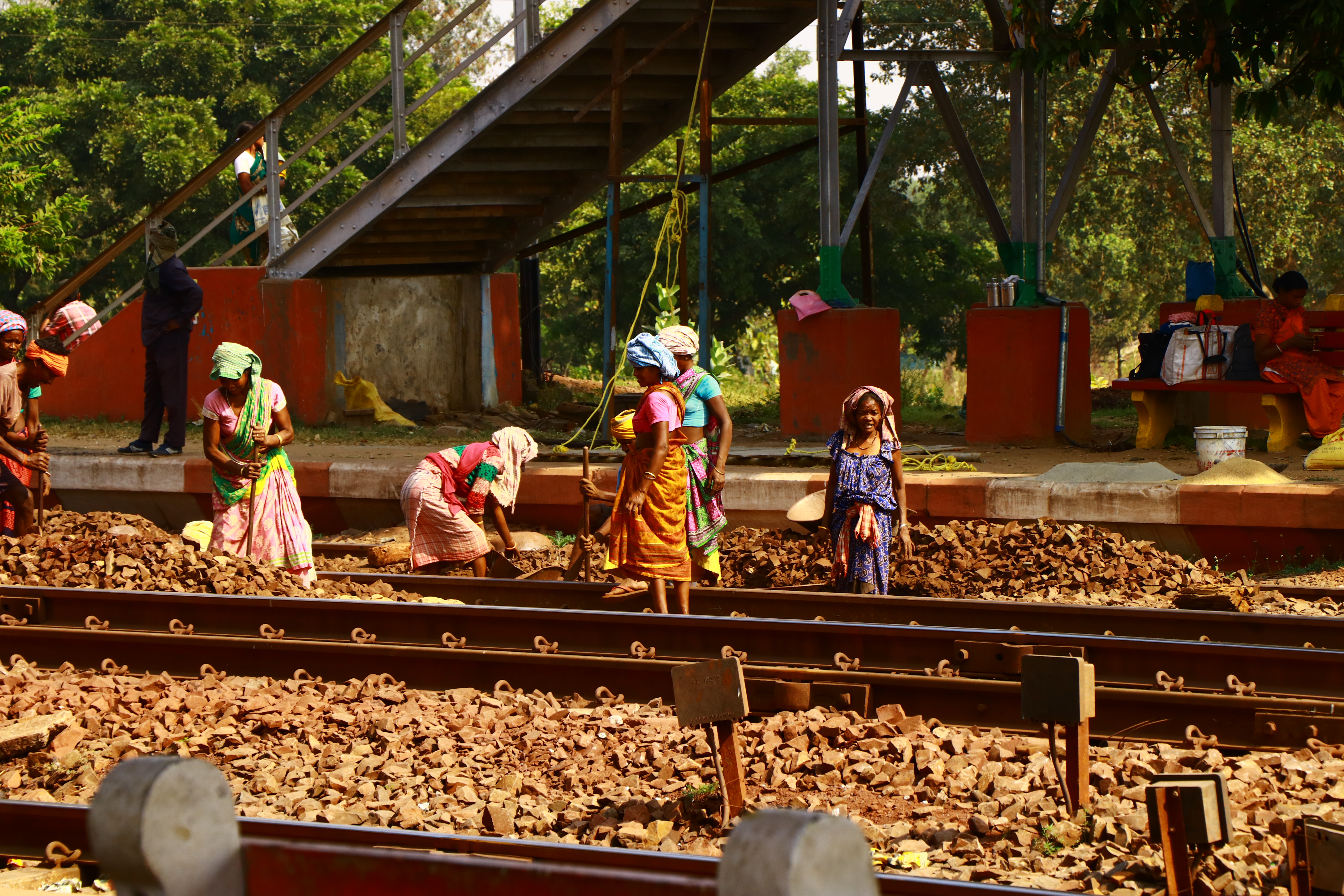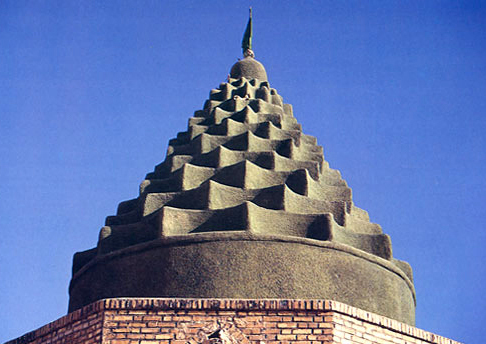|
Persian Famine Of 1917–1919
The Persian famine of 1917–1919 was a period of widespread mass starvation and disease in Persia (Qajar Iran) during World War I. The famine took place in the territory of present-day Iran, which despite declaring neutrality was occupied by the forces of the British, Russian and Ottoman empires, whose occupations contributed to the famine. About 2 million people died between 1917 and 1919 because of hunger and from hunger-related disease, including cholera, plague and typhus, as well as influenza during the 1918 flu pandemic. A variety of factors caused and contributed to the famine, including successive seasonal droughts, requisitioning and confiscation of foodstuffs by the occupying armies, speculation, hoarding, war profiteering, and poor harvests. Background In November 1915, the price of one ''kharvar'' (100 kilos) of wheat increased to twenty tomans, "if there asany to be found", after the total granary of the south-east province of Sistan was sold off to the Brit ... [...More Info...] [...Related Items...] OR: [Wikipedia] [Google] [Baidu] |
Bijar (city)
Bījār ( fa, بیجار; ku, بیجاڕ, translit=Bîcar) is a city and capital of Bijar County, Kurdistan Province, Iran. At the 2011 census, its population was 47,926, in 14,970 families. With an elevation of 1,940 metres, Bijar has been called the Roof of Iran. Demographics The city is predominantly populated by Kurds who speak Southern Kurdish, while a significant minority speak Sorani. History The city was mentioned in the 15th century as a village belonging to Shah Ismail, the first ruler of the Safavid dynasty; Bijar became a town during the 19th century. During World War I it was besieged and occupied by Russian, British, and Ottoman troops who, with the aid of the 1918 famine, halved the pre-war population of 20,000. Architecture The historical fort of Qam Cheqay (45 km NE of Bijar) probably dates back to the Median era and is the oldest castle in the Kurdistan province. The castle had been used until the Sasanid era and it is an example of the ancient ar ... [...More Info...] [...Related Items...] OR: [Wikipedia] [Google] [Baidu] |
Iranian Toman
The Iranian toman ( fa, تومان, tūmân, pronounced ; from Mongolian ''tümen'' "unit of ten thousand", see the unit called tumen) is a superunit of the official currency of Iran, the rial. One toman is equivalent to 10,000 rials. Although the rial is the official currency, Iranians use the toman in everyday life. Originally, the toman consisted of 10,000 dinars. Between 1798 and 1825, the toman was also subdivided into eight rials, each of 1,250 dinars. In 1825, the qiran was introduced, worth 1,000 dinars or one-tenth of a toman. In 1932, the rial replaced the qiran at par, with one toman being equal to 10 rial. On 7 December 2016, the Iranian government approved a call by the Iranian central bank to replace the Iranian rial with the more colloquially and historically known toman denomination. In early 2019, following the hyperinflation of the rial, the central bank made a new proposal, suggesting the currency be redenominated by introducing a new toman with a value ... [...More Info...] [...Related Items...] OR: [Wikipedia] [Google] [Baidu] |
Epidemics
An epidemic (from Greek ἐπί ''epi'' "upon or above" and δῆμος ''demos'' "people") is the rapid spread of disease to a large number of patients among a given population within an area in a short period of time. Epidemics of infectious diseases are generally caused by several factors including a significant change in the ecology of the areal population (e.g., increased stress maybe additional reason or increase in the density of a vector species), the introduction of an emerging pathogen to an areal population (by movement of pathogen or host) or an unexpected genetic change that is in the pathogen reservoir. Generally, epidemics concerns with the patterns of infectious disease spread. An epidemic may occur when host immunity to either an established pathogen or newly emerging novel pathogen is suddenly reduced below that found in the endemic equilibrium and the transmission threshold is exceeded. For example, in meningococcal infections, an attack rate in excess of 1 ... [...More Info...] [...Related Items...] OR: [Wikipedia] [Google] [Baidu] |
Cannibalism
Cannibalism is the act of consuming another individual of the same species as food. Cannibalism is a common ecological interaction in the animal kingdom and has been recorded in more than 1,500 species. Human cannibalism is well documented, both in ancient and in recent times. The rate of cannibalism increases in nutritionally poor environments as individuals turn to members of their own species as an additional food source.Elgar, M.A. & Crespi, B.J. (1992) ''Cannibalism: ecology and evolution among diverse taxa'', Oxford University Press, Oxford ngland New York. Cannibalism regulates population numbers, whereby resources such as food, shelter and territory become more readily available with the decrease of potential competition. Although it may benefit the individual, it has been shown that the presence of cannibalism decreases the expected survival rate of the whole population and increases the risk of consuming a relative. Other negative effects may include the increased r ... [...More Info...] [...Related Items...] OR: [Wikipedia] [Google] [Baidu] |
Working Poor
The working poor are working people whose incomes fall below a given poverty line due to low-income jobs and low familial household income. These are people who spend at least 27 weeks in a year working or looking for employment, but remain under the poverty threshold. In the US, the official measurement of the working poor is controversial. Many social scientists argue that the official measurements used do not provide a comprehensive overview of the number of working poor. One recent study proposed over 100 ways to measure this and came up with a figure that ranged between 2% and 19% of the total US population. There is also controversy surrounding ways that the working poor can be helped. Arguments range from increasing welfare to the poor on one end of the spectrum to encouraging the poor to achieve greater self-sufficiency on the other end, with most arguing varying degrees of both. Measurement Absolute According to the US Department of Labor, the working poor "are per ... [...More Info...] [...Related Items...] OR: [Wikipedia] [Google] [Baidu] |
Adulterated Food
Adulteration is a legal offence and when the food fails to meet the legal standards set by the government, it is said to have been Adulterated Food. One form of adulteration is an addition of another substance to a food item in order to increase the quantity of the food item in raw form or prepared form, which results in the loss of actual quality of food item. These substances may be either available food items or non-food items. Among meat and meat products some of the items used to adulterate are water or ice, carcasses, or carcasses of animals other than the animal meant to be consumed. In the case of seafood, adulteration may refer to species substitution ( mislabeling), which replaces the species identified on the product label with another species, or undisclosed processing methods, in which treatments such as additives, excessive glazing, or short-weighting are not disclosed to the consumer. History Historians have recognized cases of food adulteration in Ancient Rome and th ... [...More Info...] [...Related Items...] OR: [Wikipedia] [Google] [Baidu] |
Tehran
Tehran (; fa, تهران ) is the largest city in Tehran Province and the Capital city, capital of Iran. With a population of around 9 million in the city and around 16 million in the larger metropolitan area of Greater Tehran, Tehran is the List of largest cities of Iran, most populous city in Iran and Western Asia, and has the Largest metropolitan areas of the Middle East, second-largest metropolitan area in the Middle East, after Cairo. It is ranked 24th in the world by metropolitan area population. In the Classical antiquity, Classical era, part of the territory of present-day Tehran was occupied by Ray, Iran, Rhages, a prominent Medes, Median city destroyed in the medieval Muslim conquest of Persia, Arab, Oghuz Turks, Turkic, and Mongol conquest of Khwarezmia, Mongol invasions. Modern Ray is an urban area absorbed into the metropolitan area of Greater Tehran. Tehran was first chosen as the capital of Iran by Agha Mohammad Khan Qajar, Agha Mohammad Khan of the Qajar dyn ... [...More Info...] [...Related Items...] OR: [Wikipedia] [Google] [Baidu] |
Shahrbani
''Shahrbani'' ( fa, شهربانی, Šahrbānī, lit=urban protection), formerly called ''Nazmiyeh'' ( fa, نظمیه, Naẓmīya, lit=order agency), was a law enforcement force in Iran with police duties inside cities. Founded during Qajar dynasty, it was eventually merged with the rural and roads police Gendarmerie Wrong info! --> A gendarmerie () is a military force with law enforcement duties among the civilian population. The term ''gendarme'' () is derived from the medieval French expression ', which translates to " men-at-arms" (literally, ... and Islamic Revolution Committees in 1991 to form Law Enforcement Force of Islamic Republic of Iran (NAJA).Schirazi ''The Constitution of Iran'' (1997), p.152 References Government agencies established in 1913 Government agencies disestablished in 1991 Law enforcement in Iran 1913 establishments in Iran 1991 disestablishments in Iran Defunct law enforcement agencies {{Iran-mil-stub ... [...More Info...] [...Related Items...] OR: [Wikipedia] [Google] [Baidu] |
Kermanshah
Kermanshah ( fa, کرمانشاه, Kermânšâh ), also known as Kermashan (; romanized: Kirmaşan), is the capital of Kermanshah Province, located from Tehran in the western part of Iran. According to the 2016 census, its population is 946,681 (2021 estimate 1,047,000). A majority of the people of Kermanshah are bilingual in Southern Kurdish and Persian, and the city is the largest Kurdish-speaking city in Iran. Kermanshah has a moderate and mountainous climate.روزنامه سلام کرمانشاه Persian (Kurdish)آشنایی با فرهنگ و نژاد استان کرمانشاه (Persian) [...More Info...] [...Related Items...] OR: [Wikipedia] [Google] [Baidu] |
Bijar In First World War (1914-1918) 7
Bijar may refer to: * Bijar (city), a city in Kordestan Province, Iran ** Bijar County Bijar County ( fa, شهرستان بیجار; ku, شارستانی بیجاڕ) is in Kurdistan province, Iran Iran, officially the Islamic Republic of Iran, and also called Persia, is a country located in Western Asia. It i ... * Bijar, Nehbandan, a village in South Khorasan Province, Iran * Bijar, Punjab, a village in Pakistan * Bijar rug, a type of Persian carpet See also * Bejar (other) {{disambiguation, geo ... [...More Info...] [...Related Items...] OR: [Wikipedia] [Google] [Baidu] |
Khuzestan
Khuzestan Province (also spelled Xuzestan; fa, استان خوزستان ''Ostān-e Xūzestān'') is one of the 31 provinces of Iran. It is in the southwest of the country, bordering Iraq and the Persian Gulf. Its capital is Ahvaz and it covers an area of . Since 2014, it has been part of Iran's Region 4. Historically, one of the most important regions of the Ancient Near East, Khuzestan is what historians refer to as ancient Elam, whose capital was in Susa. The Achaemenid Old Persian term for Elam was ''Hujiyā'' when they conquered it from the Elamites, which is present in the modern name. Khuzestan, meaning "the Land of the Khuz", refers to the original inhabitants of this province, the "Susian" people (Old Persian "Huza" or ''Huja'', as in the inscription at the tomb of Darius the Great at Naqsh-e Rostam). They are the Shushan of the Hebrew sources where they are recorded as "Hauja" or "Huja". In Middle Persian, the term evolves into "Khuz" and "Kuzi". The pre-Islamic Pa ... [...More Info...] [...Related Items...] OR: [Wikipedia] [Google] [Baidu] |
Imperial Russian Army
The Imperial Russian Army (russian: Ру́сская импера́торская а́рмия, Romanization of Russian, tr. ) was the armed land force of the Russian Empire, active from around 1721 to the Russian Revolution of 1917. In the early 1850s, the Russian Army consisted of more than 900,000 regular soldiers and nearly 250,000 irregulars (mostly Cossacks). Precursors: Regiments of the New Order Tsar#Russia, Russian tsars before Peter the Great maintained professional hereditary musketeer corps known as ''streltsy''. These were originally raised by Ivan the Terrible; originally an effective force, they had become highly unreliable and undisciplined. In times of war the armed forces were augmented by peasants. New Order Regiments, The regiments of the new order, or regiments of the foreign order (''Полки нового строя'' or ''Полки иноземного строя'', ''Polki novovo (inozemnovo) stroya''), was the Russian term that was used to describe mi ... [...More Info...] [...Related Items...] OR: [Wikipedia] [Google] [Baidu] |





